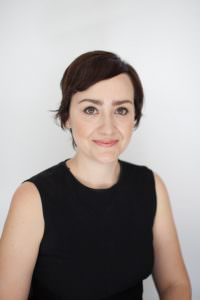Oscar-Winning Production Designer Adam Stockhausen on Bridge of Spies
Oscar-winning production designer Adam Stockhausen (who we previously interviewed for his work on Wes Anderson's The Grand Budapest Hotel) discusses his work on Steven Spielberg’s latest film, the Cold War-era Bridge of Spies, which is based on real events, and how you tackle such a well-documented period of history.
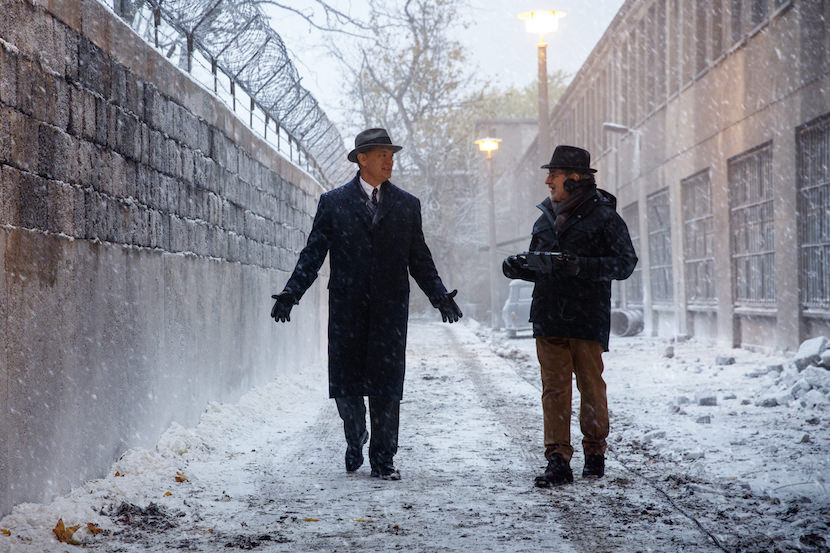
I understand Steven Spielberg is big on authenticity, particularly with this kind of true story. Is that quite daunting for you, as production designer, as you embark on the project?
It's daunting, but it's exciting and fun at the same time. It's fun doing the research and getting to know the period better, and getting to know the specifics of the story. I don't know, I just really love digging into it and getting to know it as well as you can. With Steven, there's an awfully high bar, too. You're doing your best and giving it everything you can, but having all that history there, it's just an incredible benefit, and there's this incredible pool of imagery, stories, and things to dive into and to pull from.
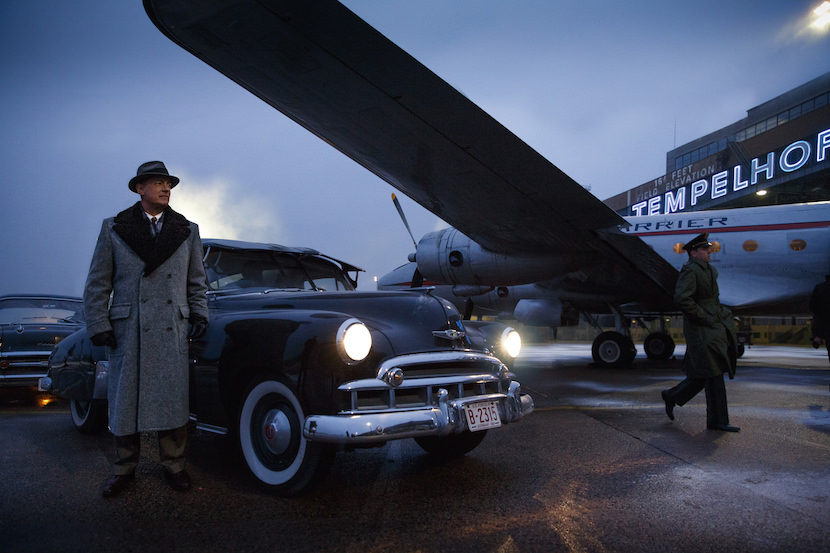
Bridge of Spies is quite a change stylistically from your work on The Grand Budapest Hotel (for which Stockhausen won an Oscar for production design), which is amazing in a totally different way. How do you compare the two experiences?
These films, they're totally different stories. They're with different teams of people, so the experience becomes about the subject matter, but also about spending this large chunk of time with this specific group of people. On one level, I don't even know how to begin comparing the two, because they're so different. On a very important level, there's an incredible amount in common. On Grand Budapest, we were spending a great deal of time sourcing reference material but, because it was a created and fictionalized space, there wasn't a limiting factor. We can go and we can grab a piece of the lobby of a hotel in Paris, or in Prague, and can piece it together with another piece that we love. We weren't bound by a true story but the process of digging through and being inspired by historical reality is really very similar.
Do you find that you work better when you've got more constraints like that, or less?
I like both ways of doing it, I really don't think of them as constraints because there's so much to find that it's not limiting. We did the construction of the Berlin Wall in the film…
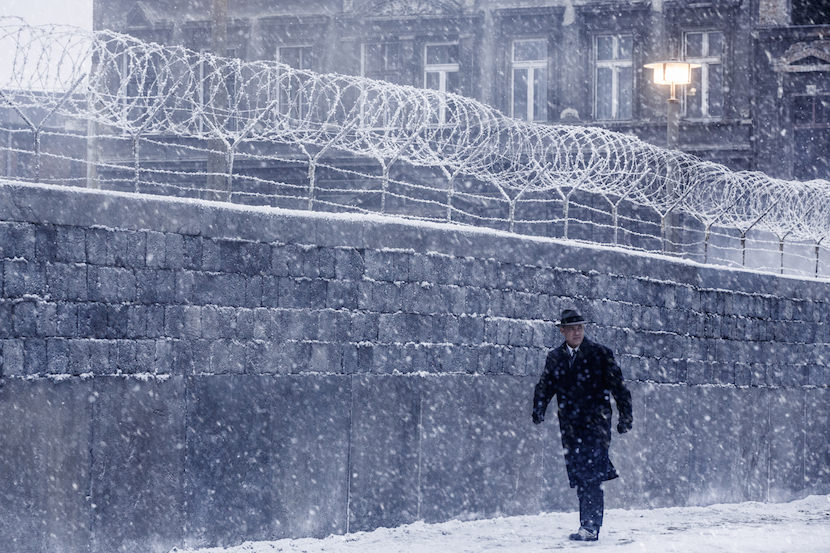
Which you created in Poland, right?
We did, yeah. It's so well documented in the photographic records that you could look at that and say, "That's really limiting, it's all right there." It's not at all. Then, you can take that as a springboard, then you go and say, "How do I recreate this?" We're not going to obviously build all of this on a back lot somewhere. Where in the world do we go and find East Berlin 1960?
So it becomes a puzzle that you have to solve?
Absolutely.
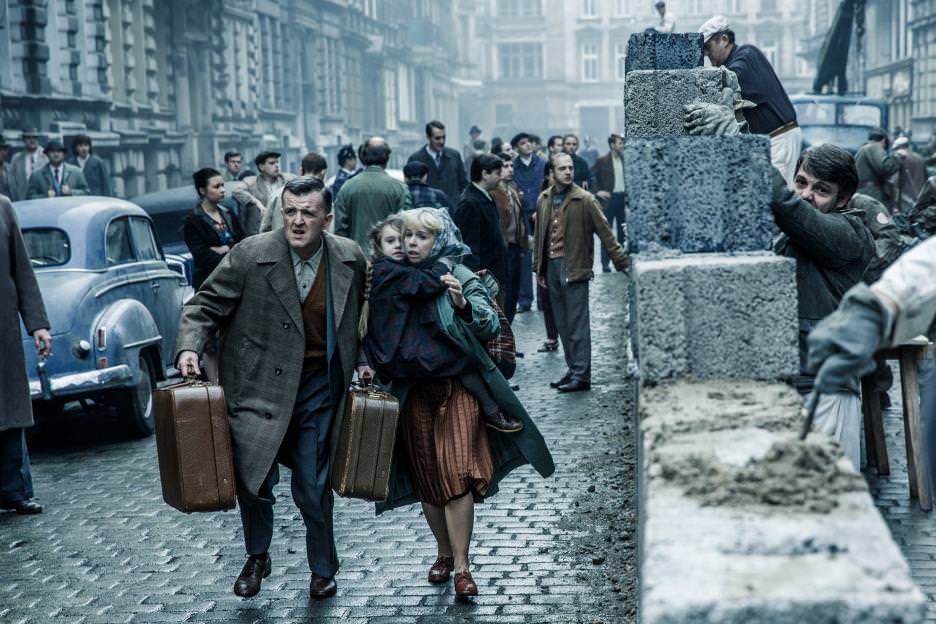
You try to use real locations as much as possible: you had real subway cars from that era that you shot in and that kind of thing. Can you talk me through a little bit about that? What could you use that was real? What did you have to create somewhere else, or on a back lot?
Well, there's no back lot. The whole movie, pretty much, is locations. We had a few stage sets, but they were interior sets. The big, expansive stuff was all done on location. In a way, we say a location, but we add a lot of stuff to the location. We'll do a whole stage build, but it won't be in a back lot. It won't be on a stage, it'll be in a town in Poland. We'll set up camp for weeks and weeks and weeks, build into the environment, and try to cover up the pieces that are giveaways that we're not in the right time period.
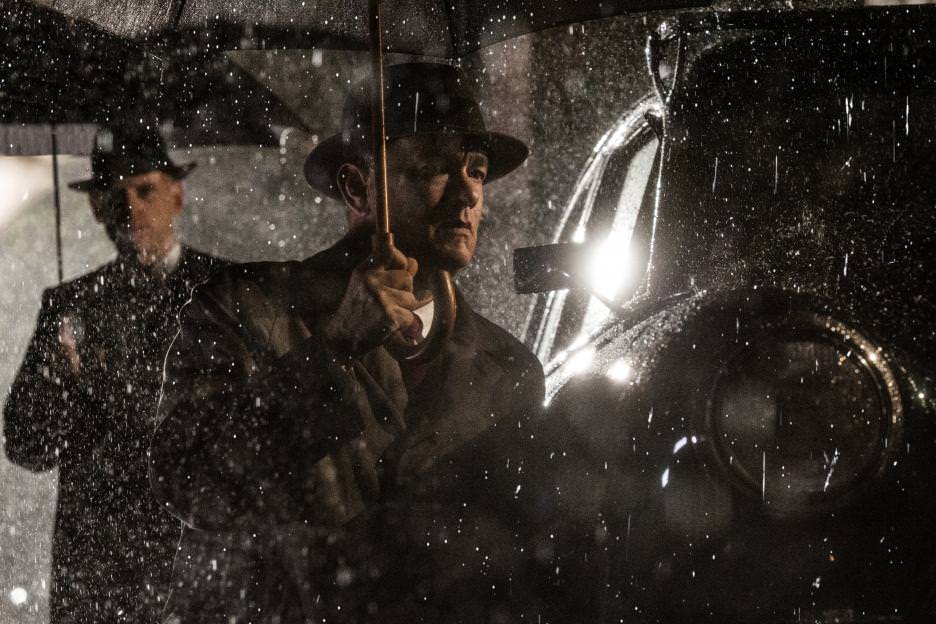
We try to just augment it as much as we can to twist it in the direction that we want it to go. We found this great square in this town in Poland, and it was really amazing. Then, we started adding to it. I started adding these buildings that were broken, and adding all the different elements in a different area of the same down, adding all the different elements for Checkpoint Charlie. You find what you can, then you build onto it, but it has the affect of magnifying what you're able to do because it gives you depth and it gives you a scale that, well, you just couldn't afford to do if you were building it all in reality. You could build it all in a computer, but it's nice sometimes to start off with your feet on the ground in a real place. Then, just augment where you need to.
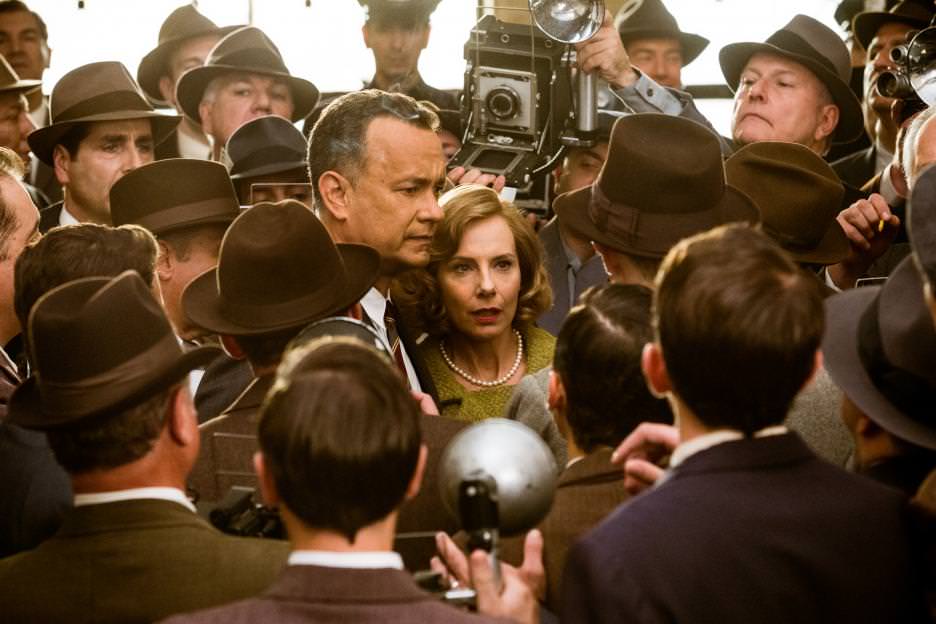
It must be helpful for the actors as well, to feel like they've got something real to react to?
It is, yeah. When you’re standing there and you feel those tanks rumbling past you…the real thing has an impact.
Are there other certain markers for that era that you were really conscious of getting right?
There're all kinds of things on all different scales throughout the movie. There's everything from subway cars in New York, but then we were also on period S-Bahn train when we were shooting in Berlin. That contrast between those two is important to us, but there are just so many different pieces of that, I could go on and on. There was East Berlin versus West Berlin, what did the two sides of the city feel like? There's an important piece of dialog in the film where Vogel (Sebastian Koch) is driving Donovan in the car through East Berlin and talking about, in the Russian sector, what later became East Berlin, that the US did not want the East Germans to rebuild. It was about remembering the war, remembering the damage of war, and having that feeling. Then, on the other side, having the Berlin Hilton, and having the modern 60s stylish and energetic look in West Berlin to contrast that to, trying make the contrast vivid was something we were definitely trying to hold onto. The scenes that we had in West Berlin, we wanted to be entirely different than East Berlin. Then, of course, entirely different from New York. We're trying to get the feeling of New York in that time period as well.
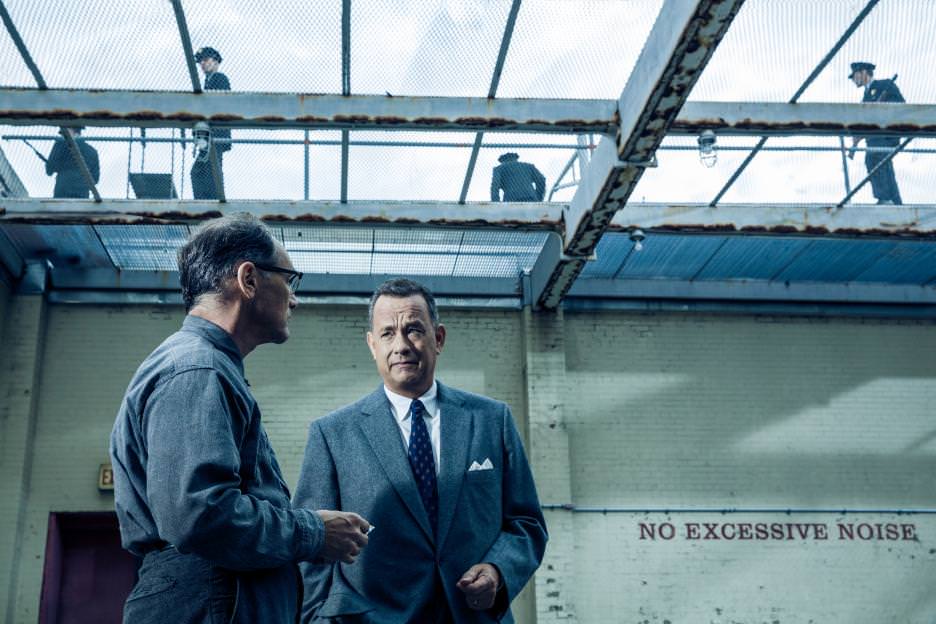
When you only had a limited amount of time to shoot somewhere, you'd have to go in and do blitz-like changes to the location to give it the right period details.
Yes, because you're doing the best to find the best locations that you can that are appropriate, but they come with all sorts of restrictions. We were on a subway platform, and the MTA in New York was helpful, wants us to be there, wants to work with us, but you can't just go onto the subway platforms anytime you want. They give you the very short window and they're like, "You can come in Saturday morning. You get in at 5am, you got to be out by noon." The whole team hits the place for 45 minutes to get it ready.
Then, we shot the Supreme Court as a location. We went and dressed Federal Hall because the columns had the right scale and the right arrangement to match. We actually brought in a pretty big set, the entire bench, the entire everything, all the big red curtains and the screens and everything. That all had to come in the night before we shot it, we shot Saturday morning. I think we got access to the space at like 6pm Friday, the night before. You would sort of twist and turn and do what you can to make these places possible, because if it's really good, it somehow is never simple.
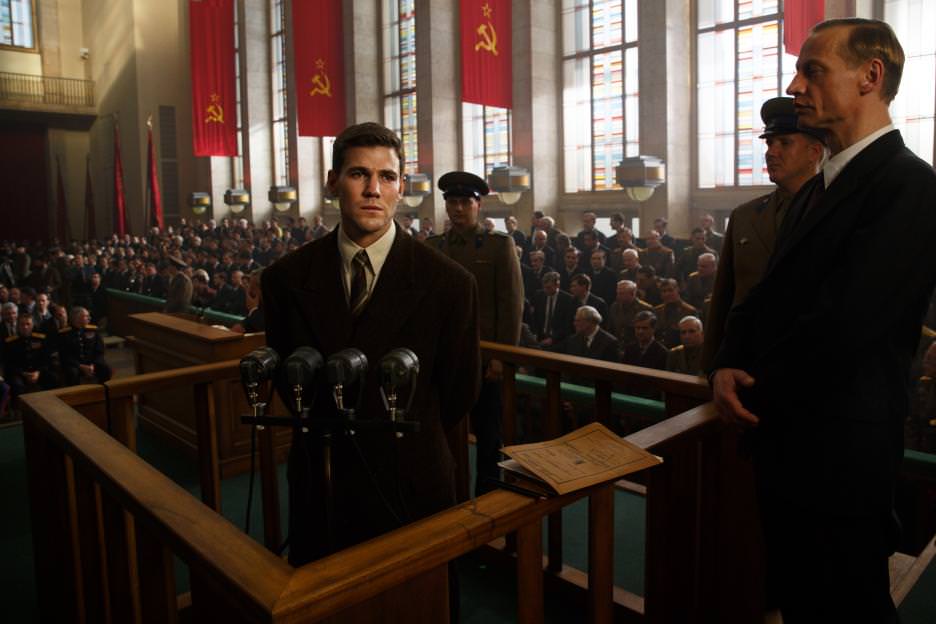
Did you look at any films, in particular, from that period that you thought did a really good job of getting it right?
Yeah, we did, in a bunch of different ways. The Spy Who Came in from the Cold was a big one that we looked at for Checkpoint Charlie, but also just the overall feeling for the safe house that's in that film. I definitely looked at Funeral in Berlin, a Michael Caine film. In particular, there's the opening title sequence in Funeral in Berlin that had some really great photography around the early iteration of the Berlin Wall.
Do you enjoy working on period films?
I really like all of it. I've really enjoyed the period films I've done. I did 12 Years a Slave, which was heavily period intensive, and that was a wonderful experience. I'm working on a sci-fi film right now [Spielberg’s Ready Player One]. I like all of it. There are unique challenges to each different style. Then, last year, I did a contemporary New York film with Noah Baumbach called While We're Young. That was a wonderful experience as well. To me, it's about working with the director, the scripts, and the team. There are exciting challenges to all the different styles.
Featured image: Director Steven Spielberg with Tom Hanks on the set of DreamWorks Pictures/Fox 2000 Pictures' dramatic thriller BRIDGE OF SPIES.


